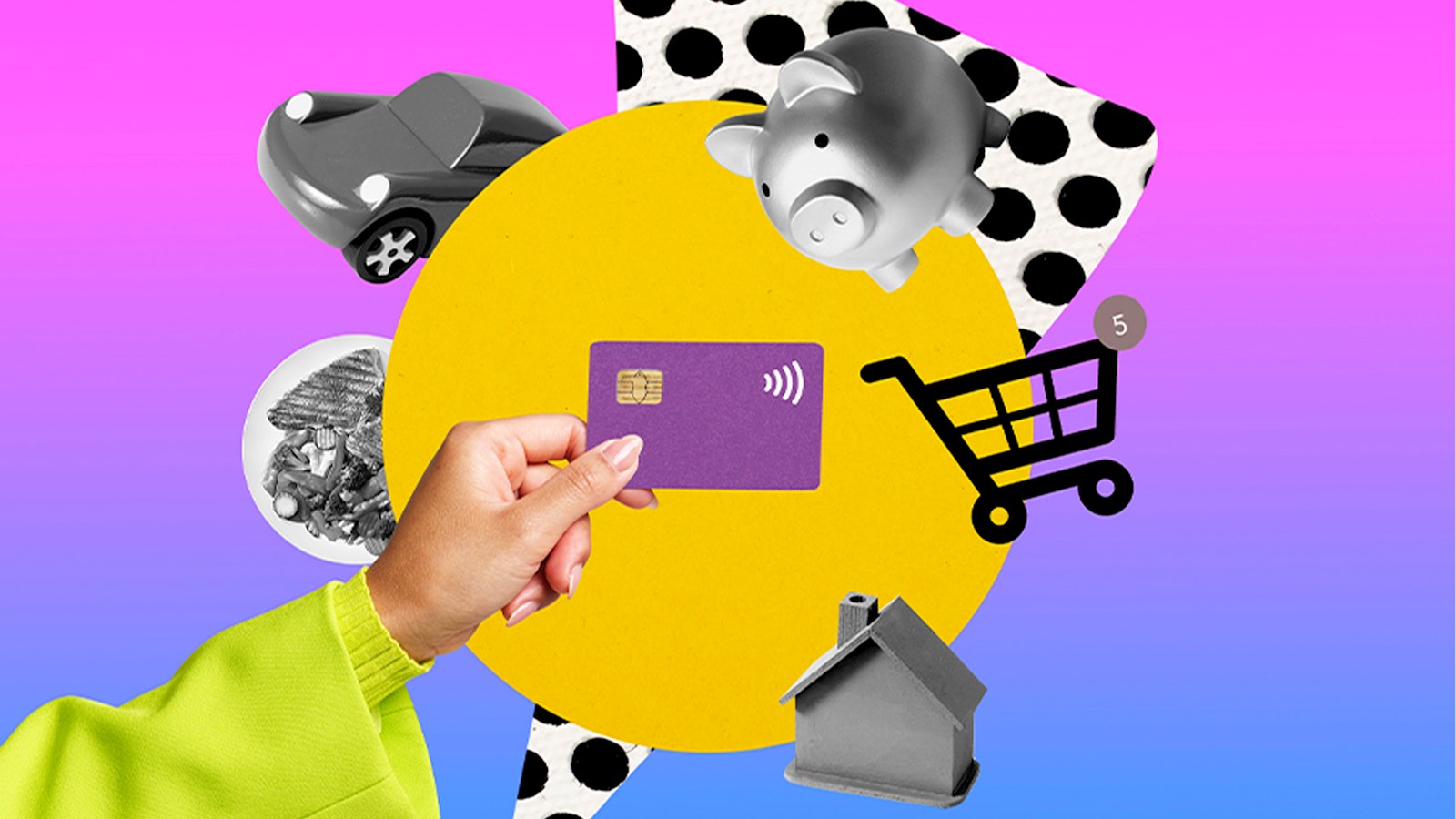
How to win at retail media
Retail media is today’s fastest growing advertising channel. CPG companies have already caught onto its potential, but there is still so much for brands to explore. Laura Badea, Digital Commerce Partner, at WPP’s Wavemaker explains
“Retail media presents a huge opportunity,” says Badea, referring to the digital advertising space, data assets and in-store opportunities a retailer or marketplace owns – which is then made available to brands for the execution of advertising campaigns. “But it doesn't come without its challenges.” Meeting the challenges is clearly rewarding. A December 2022 report from GroupM said that global retail media was likely to reach $101bn in 2022 (15% higher than the previous year).
The report says: “This amounts to 18% of global digital advertising and 11% of total advertising. As a percentage of global e-commerce GMV [gross merchandise value], this amounts to 1.8%. We expect retail media advertising to increase roughly 60% by 2026. This exceeds the growth rate expected for all digital advertising, meaning that retail media will take an increasing share of digital ad revenue over the next five years.”
While the potential is enormous, adoption by brands varies. For the time being, we are seeing retail media dominated by CPG companies. Why? “Because they are naturally disintermediated from their customers,” says Badea. “They distribute to retailers and they don't have access to customers directly. That’s why retail media works for them. It provides access to granular customer data, enabling a direct link to be established between product, (advertising) placement and purchase.”
Huge investment is being made
“Increasingly, marketing teams are discovering the benefits of using retail media,” says Badea, “but customer development is also driving the retail media wave.”
However, the responsibility for retail media often sits between a company’s marketing and brand team, and the team that deals with retailers and points of sales (the customer development team). “This structural issue is making the wider adoption of retail media more painful than it should be because companies are not always structured in a way that makes the process – from budgeting to execution and measurement – streamlined and smooth,” says Badea.
“The structure needs to evolve to allow for integrated project management, and synchronisation of all aspects of retail – not just retail media. All considerations – commercial, portfolio, pricing, content, product availability on the shelf and media – must be part of the mix.”
A further dynamic of ecommerce – compared with physical retail – is that content must naturally speak to humans but algorithms must be accommodated too. “We, as humans, read advertisers’ content to help us make purchasing decisions. But we also read earned content, such as ratings and reviews. On the other hand, there are search algorithms that prioritise those products that are more likely to convert, and they are indexing whatever they are being told to index. All of this must be accommodated in the content strategy, and we must be mindful to speak to both humans and algorithms when we are planning,” she says.
“What is more, we must connect that customer journey. So, when we try to bring new customers into the digital shelf aisle to purchase a product, we must have a consistent communication plan that accommodates the customer journey all the way to the point of purchase. There must be consistency between the advertising message in the creative ad and what customers find when they land on the product page; without that match, customers do not convert and that results not only in missed sales but an opportunity to make the flywheel work harder. This is what makes retail media so complex.”
And the retail ecosystem is complex too
Retailers come in all shapes and sizes. Some are online-only and some are omni-channel. They may have started as a physical retailer but have evolved and launched an online presence, adopting technologies along the way. Then, there are quick-service online retailers which are agile and dynamic, but they carry a limited assortment of products.
Brands must decide where they want to be seen in this online retail landscape, and they must adapt accordingly. This is not simple either, not least because – although the experience is digital – there are still shelves to fill and an empty shelf is an opportunity for a competitor.
“There are multiple tech providers specialising in the digital commerce ecosystem, from shelf management to bid management because, for example, brands must track the health of the shelf that is displaying both their products and their competitors to see who in the market is likely to run out of stock and who is likely to benefit from that stock shortfall,” says Badea. “And keywords across multiple brands must be optimised and tracked so that planning is efficient and delivers returns.”
How to harness the opportunities
Companies who enjoy significant brand awareness do well in retail media. It leverages all that good brand capital built over decades by being seen in all the other channels they have used for marketing their product. But there must be a commerce transformation plan in place if a company is to make the most of the opportunity.
“The fact that it is a very complex and fragmented ecosystem requires different functions to come together. That is why we, at Wavemaker, have our own operating system to connect people processes and tools. Our tools look across all digital channels, not just ecommerce, in an integrated fashion,” says Badea.
“GroupM has also built an extensive suite of tools that audits retailers’ capabilities (in terms of retail media) by looking at about 100 variables in a consistent fashion across markets, so you are able to compare retailer maturity from different markets. And we have built a tool to connect media, content and client priorities back to retail thinking, allowing us to unlock profitability on Amazon. In fact, we have a world-first partnership with Amazon which enables us to leverage purchase-behaviour insights from the largest customer database in the world to inform audience strategy.”
Badea also points out that, because of underreporting of this fairly nascent advertising channel, the 18% of global digital advertising attributed to retail media above could be much higher. While there is much complexity for brands to navigate, it appears they are in fact doing so – with help.
What we do know for sure, however, is that adoption rate in the US is much higher than that in Europe. This is driven by scale and less fragmentation – this is what enables advertisers to harness that all-important retailer data.
published on
07 June 2023
Category
More in Commerce

Media in India: the future is now
Brands pursuing the Indian market must focus on personalised experiences and data-driven strategies

Multinational companies must have an India strategy
The Indian market is hugely attractive to brands, but multinational companies must have a bespoke India strategy

Where there’s women’s health, there’s wealth
There’s huge economic advantage in closing the women’s health gap, and yet still this gap is still formidable

